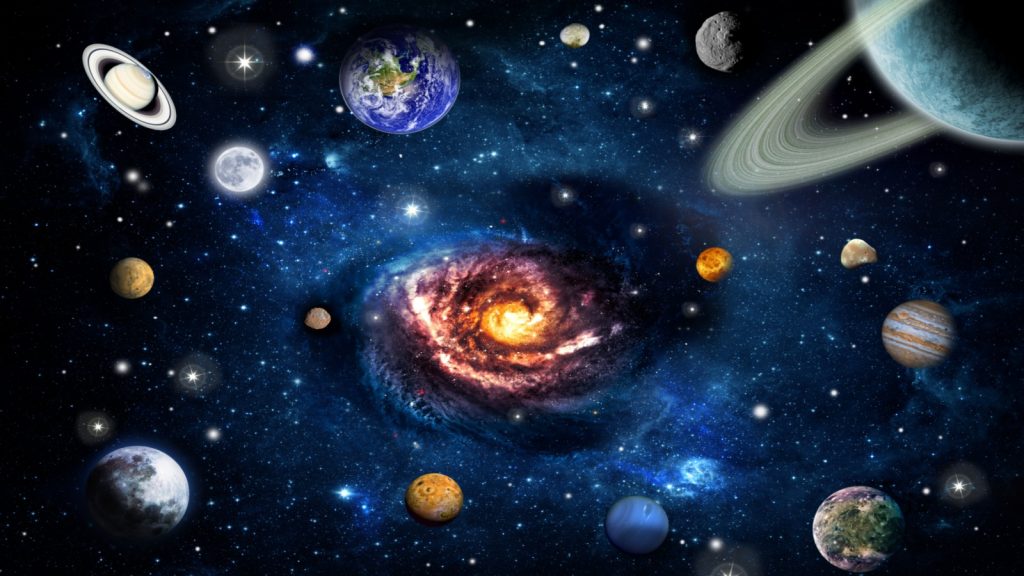Our solar system is full of amazing and surprising facts that make each planet unique. From extreme temperatures to giant storms, there’s so much to learn about the planets that orbit our Sun. Here are 24 astonishing planetary facts that will leave you in awe.
1. Mercury’s Extreme Temperatures
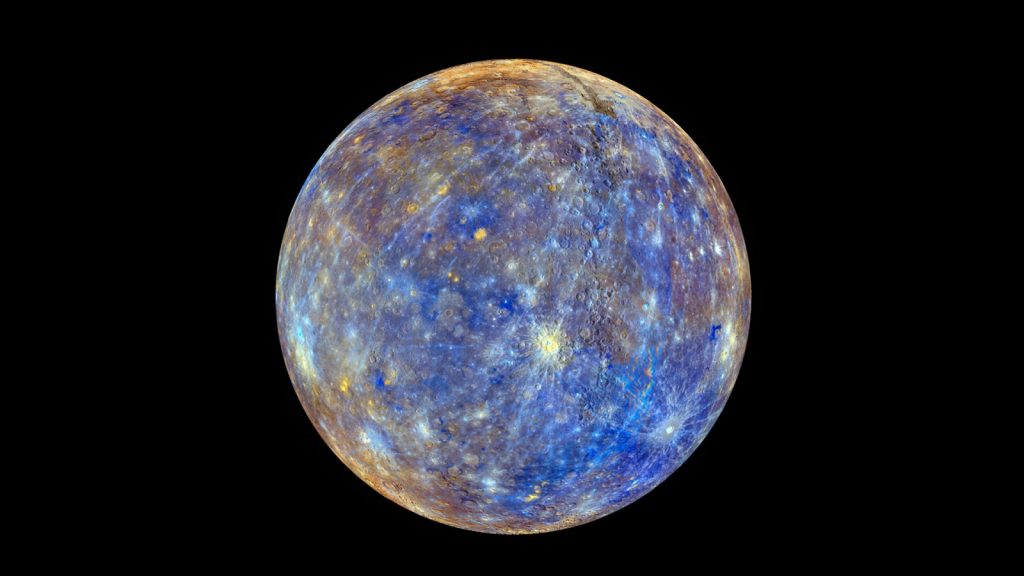
Mercury has the most extreme temperature changes in the solar system. It can reach up to 430 degrees Celsius (800 degrees Fahrenheit) during the day and drop to minus 180 degrees Celsius (-290 degrees Fahrenheit) at night. This is due to its thin atmosphere and slow rotation. Because of this, there is no air to trap heat, leading to drastic temperature swings.
2. Venus’ Crushing Pressure
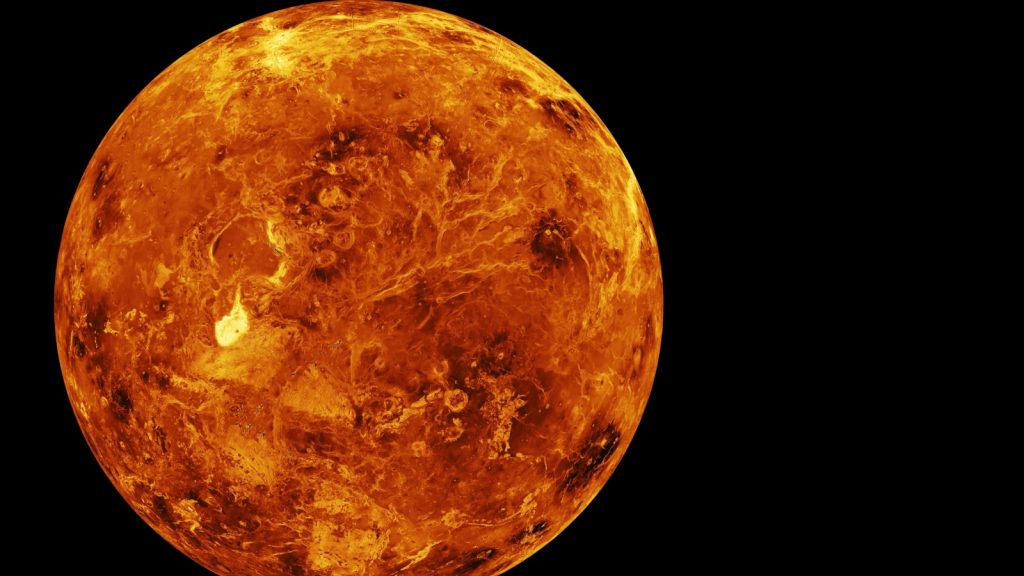
Venus has an incredibly thick atmosphere that creates pressure 92 times greater than Earth’s. This pressure is so strong that it would crush most submarines if they were on Venus’ surface. The atmosphere is mostly carbon dioxide with clouds of sulfuric acid, making it extremely hostile.
3. Earth’s Water Coverage

About 71% of Earth’s surface is covered with water. This water is essential for all known life forms and makes Earth unique in our solar system. The oceans regulate climate and weather patterns, supporting a diverse range of ecosystems.
4. Mars’ Olympus Mons
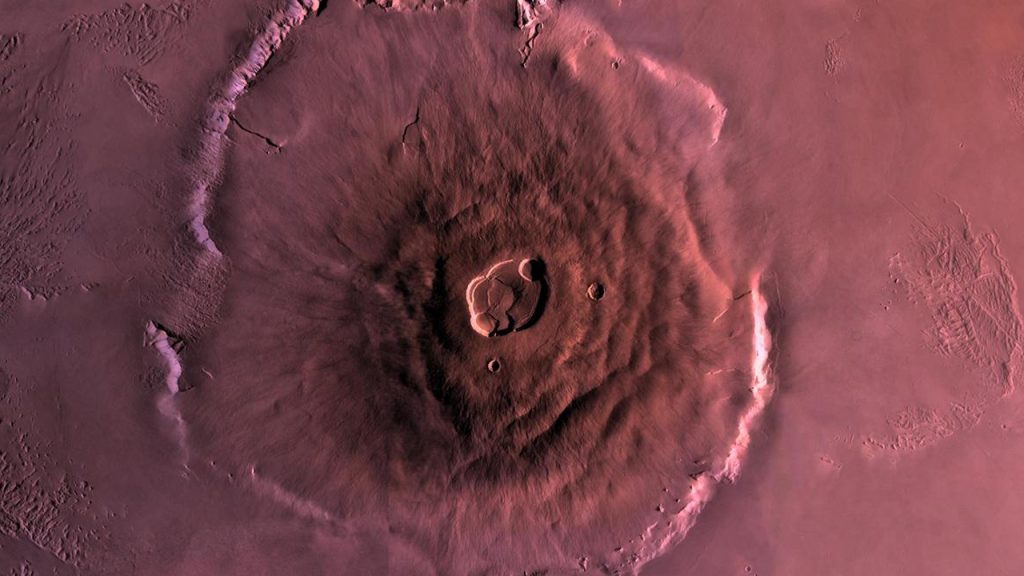
Olympus Mons on Mars is the largest volcano in the solar system. It stands about 13.6 miles high, nearly three times the height of Mount Everest. The base of Olympus Mons is roughly the size of the state of Arizona. This shield volcano formed from repeated lava flows that cooled slowly due to Mars’ low gravity.
5. Jupiter’s Great Red Spot
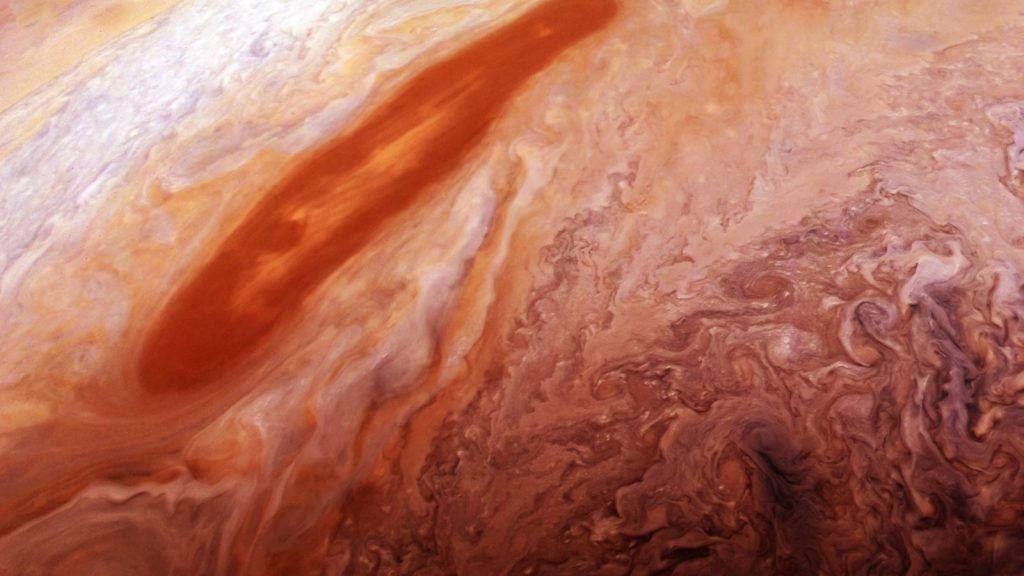
Jupiter has a giant storm called the Great Red Spot that is larger than Earth. This storm has been raging for at least 400 years and has winds that reach up to 400 miles per hour. The storm’s persistence and size make it one of the most iconic features in the solar system.
6. Saturn’s Rings
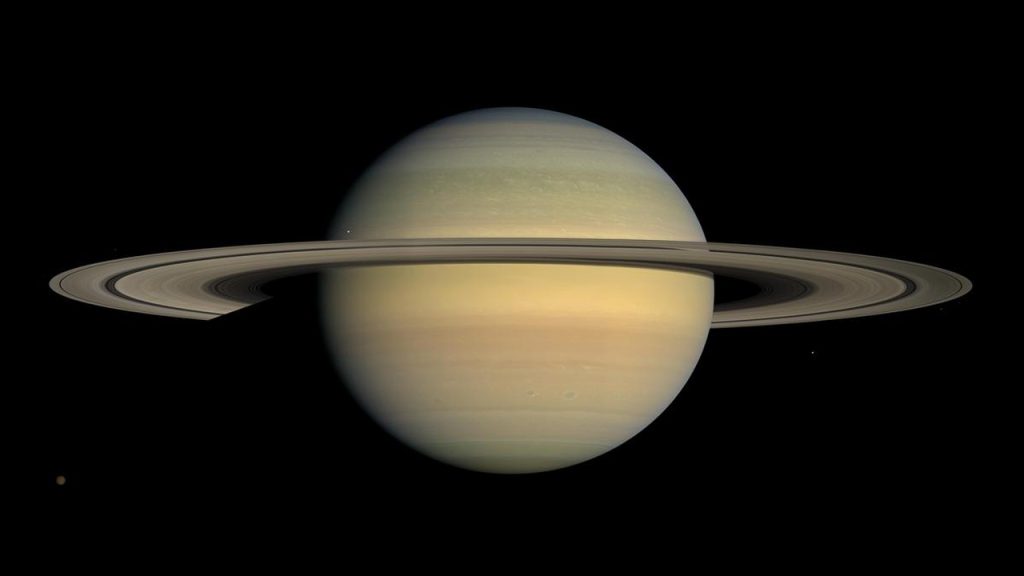
Saturn’s rings are made of countless ice and rock particles. These particles range in size from tiny grains to huge boulders. The rings are also very thin, only about 30 feet thick. They are believed to be remnants of comets, asteroids, or shattered moons that broke apart before reaching the planet.
7. Uranus’ Tilt
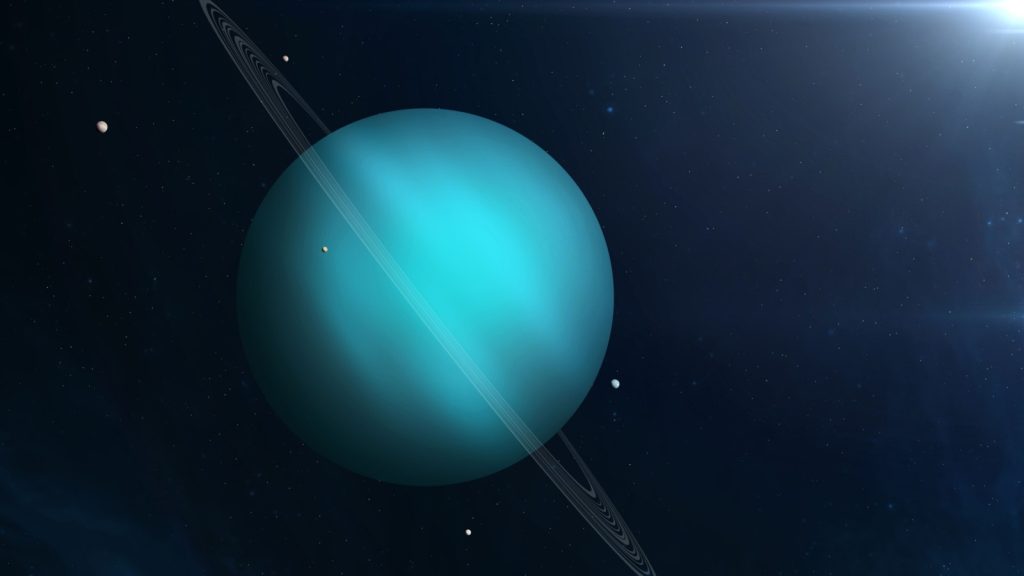
Uranus rotates on its side, with an axial tilt of about 98 degrees. This extreme tilt causes very unusual seasons, with each pole getting 42 years of continuous sunlight followed by 42 years of darkness. The tilt likely resulted from a massive collision early in the planet’s history.
8. Neptune’s Fast Winds
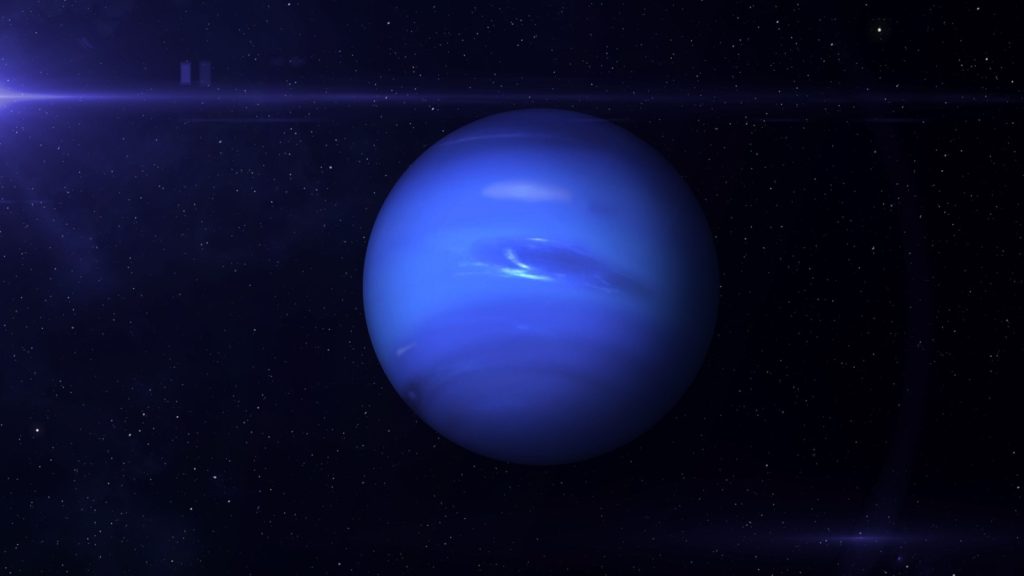
Neptune has the fastest winds in the solar system, reaching up to 1,200 miles per hour. These winds make Neptune’s atmosphere incredibly dynamic and stormy. The exact cause of these high wind speeds is still unknown, but they contribute to the planet’s intense weather patterns.
9. Pluto’s Heart
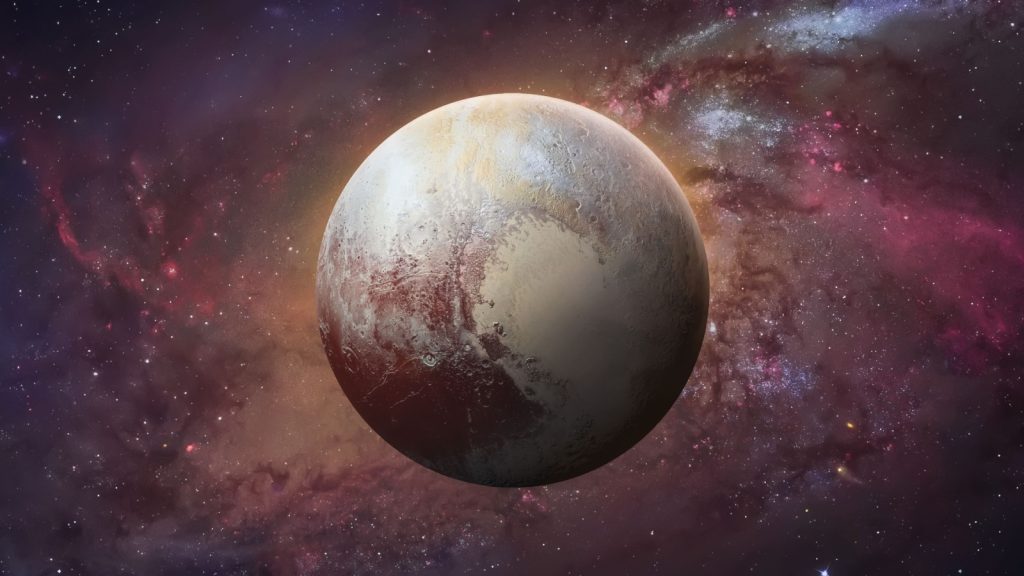
Pluto has a large, heart-shaped glacier made of nitrogen ice. This region, known as Tombaugh Regio, is one of the most recognizable features on Pluto’s surface. The heart-shaped area indicates a complex and active geology, possibly driven by subsurface oceans or ice.
10. The Sun’s Size
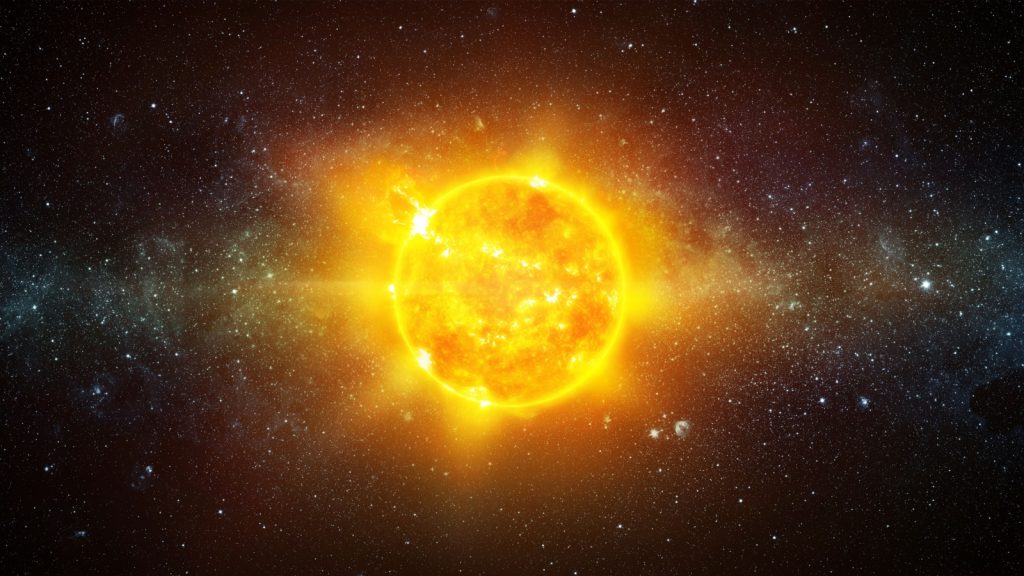
The Sun is so large that it accounts for 99.86% of the mass in the solar system. You could fit about 1.3 million Earths inside the Sun. Its massive size creates the gravitational pull that keeps all the planets in orbit.
11. Mars’ Moons
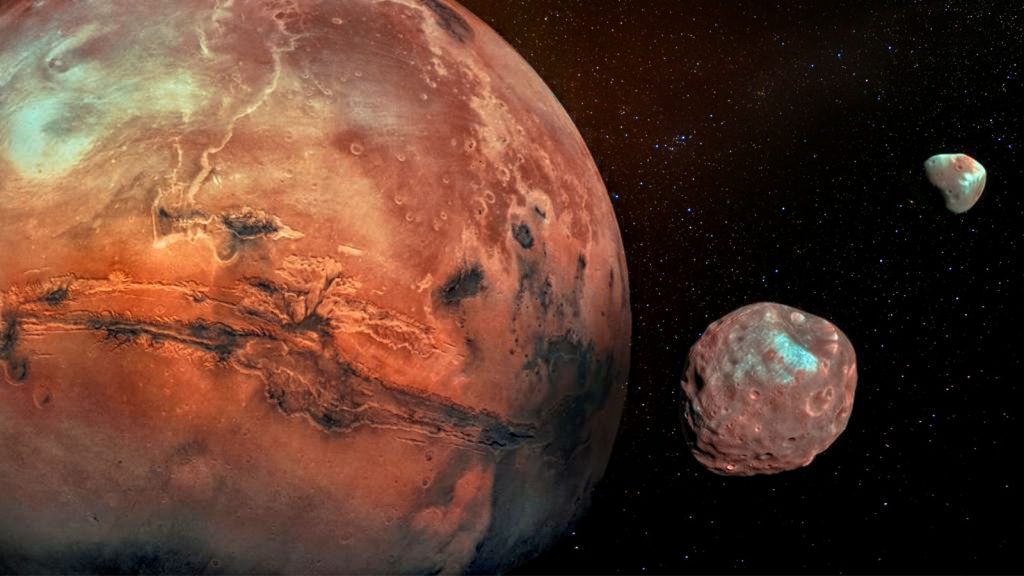
Mars has two small moons, Phobos and Deimos. They are much smaller and irregularly shaped compared to Earth’s moon and may be captured asteroids. Phobos is slowly getting closer to Mars and may eventually crash into the planet or break apart to form a ring.
12. Venus’ Day Length
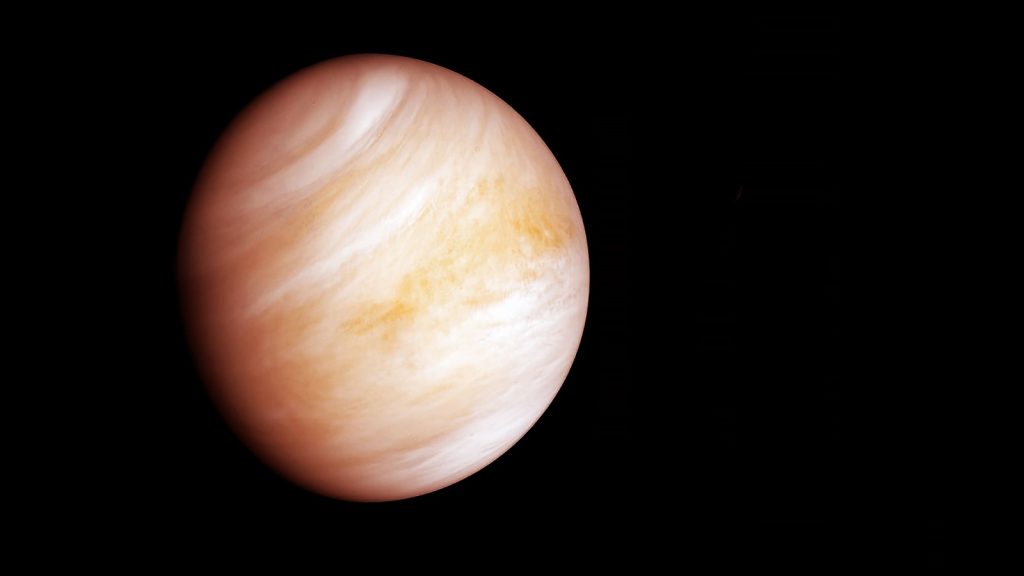
A day on Venus (one rotation) is longer than its year (one orbit around the Sun). It takes 243 Earth days to rotate once and 225 Earth days to orbit the Sun. Interestingly, Venus rotates in the opposite direction to most planets, meaning the Sun rises in the west and sets in the east.
13. Earth’s Twin
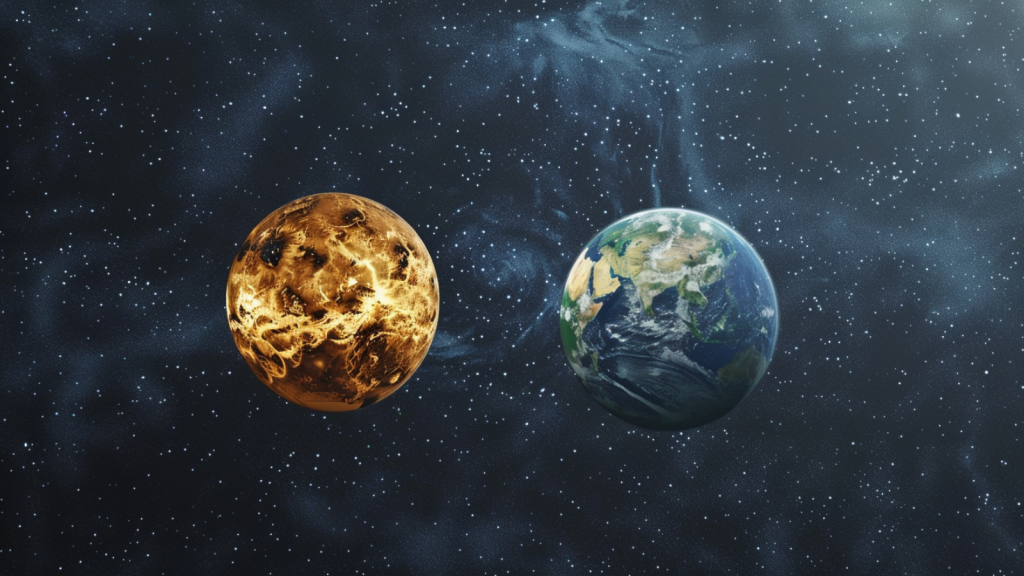
Venus is often called Earth’s twin because of its similar size and structure. However, its scorching surface and toxic atmosphere make it very different from Earth. Both planets have similar internal structures with a central core, a molten mantle, and a crust.
14. Jupiter’s Radiation
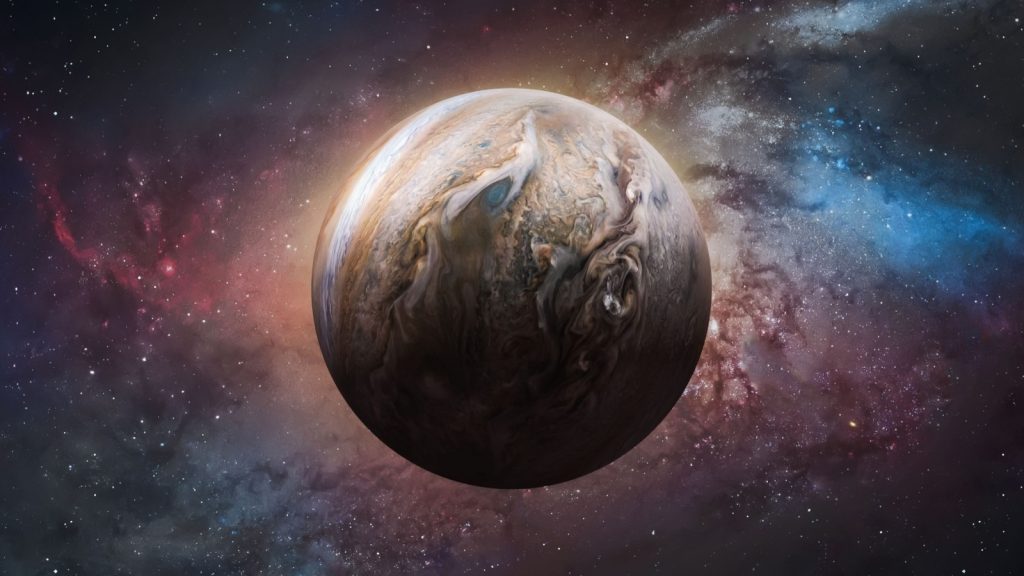
Jupiter emits more radiation than any other planet in our solar system. Its intense radiation belts are dangerous to spacecraft and any potential human visitors. This radiation is caused by the planet’s strong magnetic field, which traps charged particles from the solar wind.
15. Saturn’s Moon Titan
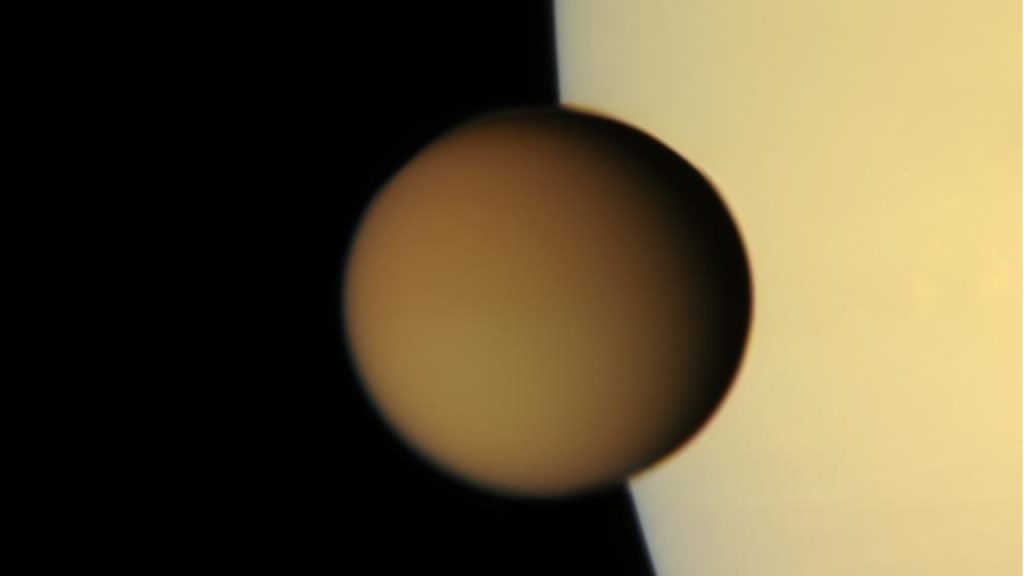
Titan, Saturn’s largest moon, has lakes and rivers of liquid methane and ethane. It is the only place in the solar system, other than Earth, known to have liquid on its surface. Titan’s thick atmosphere is mostly nitrogen, similar to Earth’s, but it is far colder.
16. Mercury’s Year
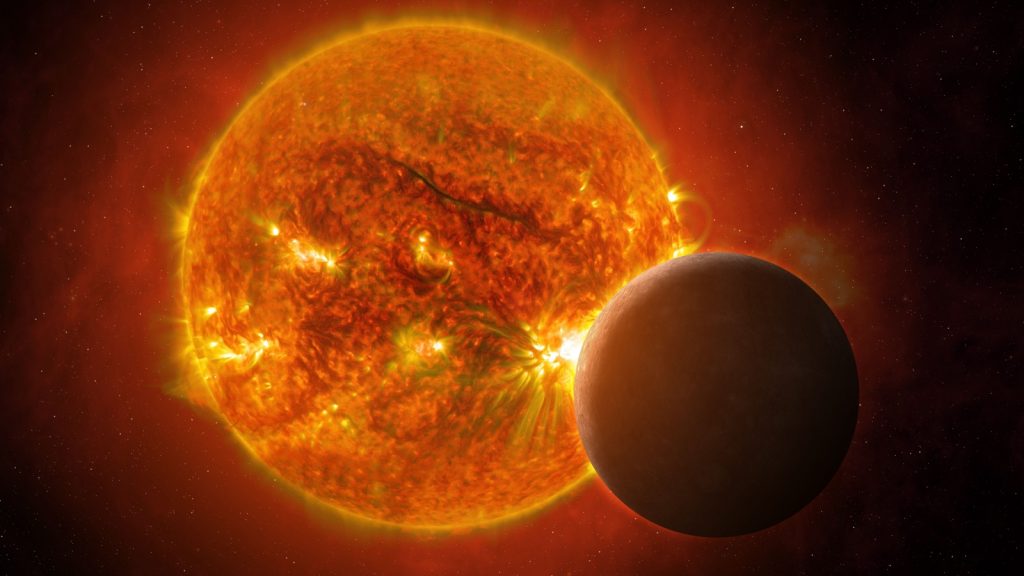
A year on Mercury is only 88 Earth days long. This is because Mercury is the closest planet to the Sun and orbits it very quickly. Despite this, a single day (sunrise to sunrise) on Mercury lasts about 176 Earth days due to its slow rotation.
17. Neptune’s Blue Color
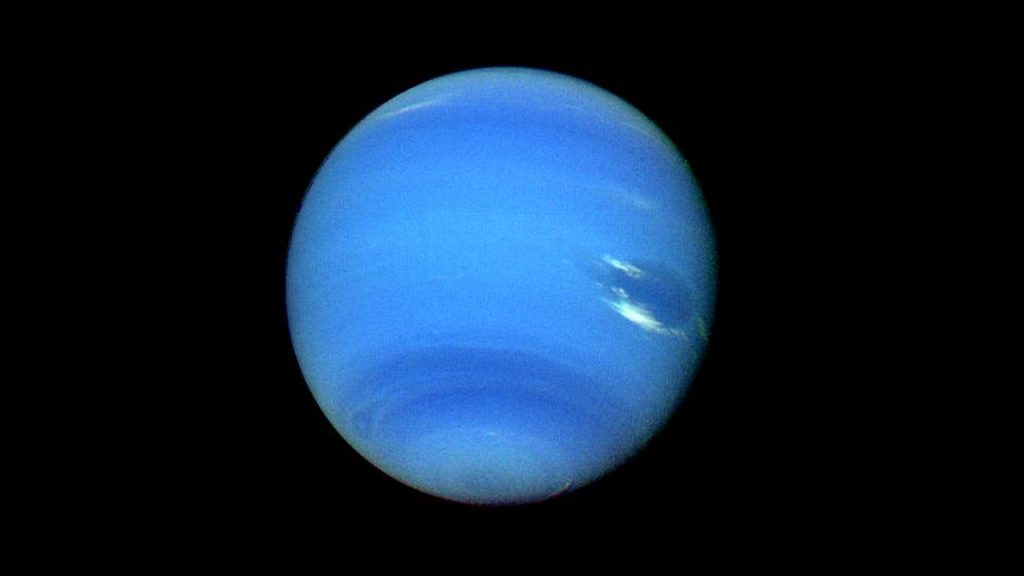
Neptune appears blue due to the presence of methane in its atmosphere. Methane absorbs red light and reflects blue light, giving the planet its striking color. This coloration also helps distinguish it from Uranus, which has a similar composition but a slightly different hue.
18. The Kuiper Belt
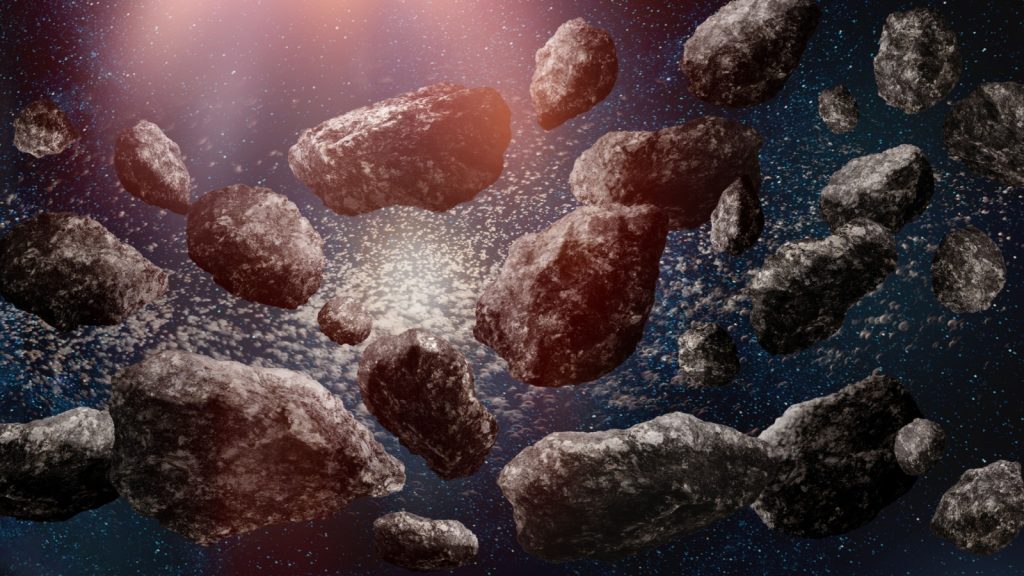
Beyond Neptune lies the Kuiper Belt, a region filled with icy bodies and dwarf planets like Pluto. This area is believed to be a remnant from the solar system’s formation. It contains objects that are largely unchanged since the solar system’s early days.
19. Earth’s Atmosphere
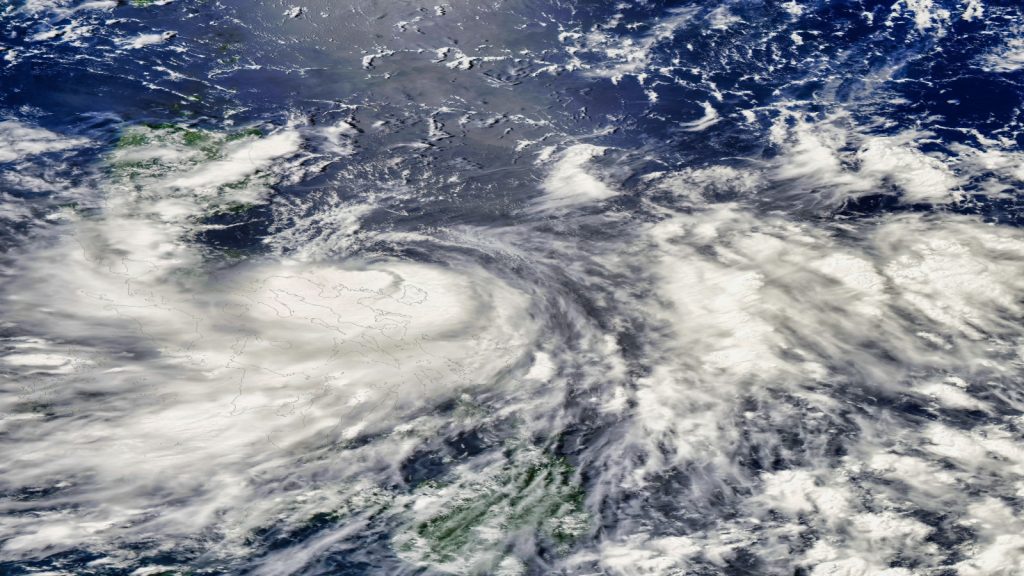
Earth’s atmosphere is composed mainly of nitrogen (78%) and oxygen (21%). This unique composition allows life to thrive on our planet. The atmosphere also protects us from harmful solar radiation and helps regulate temperature.
20. Mars’ Dust Storms

Mars experiences massive dust storms that can cover the entire planet. These storms can last for months and significantly impact surface conditions. The dust can also affect solar panels and other equipment on Mars, posing challenges for future missions.
21. Rings Around Uranus
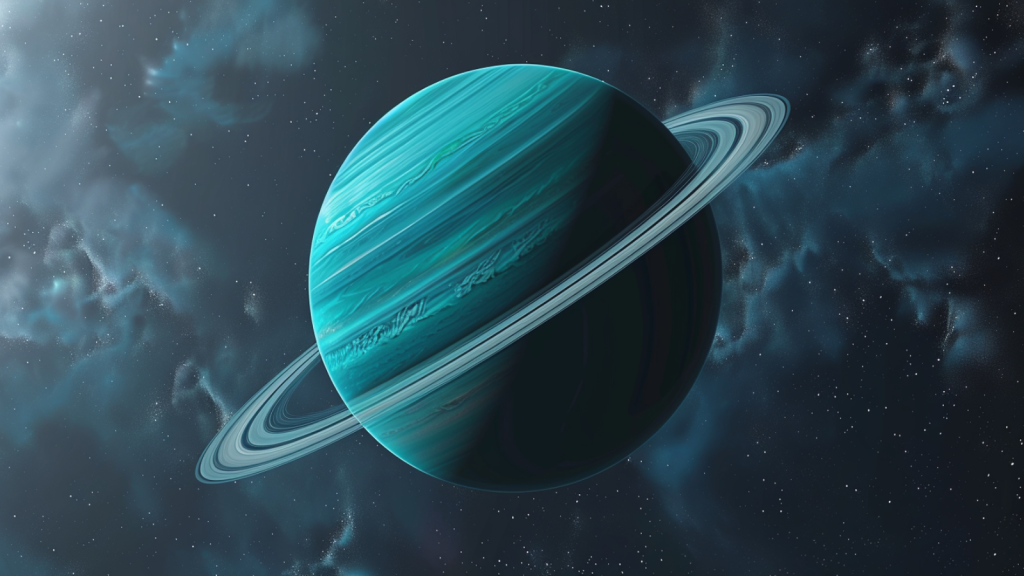
Uranus has faint rings that are hard to see compared to Saturn’s. These rings are made of dark particles, which makes them almost invisible from Earth. They were only discovered in 1977, revealing more about the planet’s complex system.
22. The Asteroid Belt
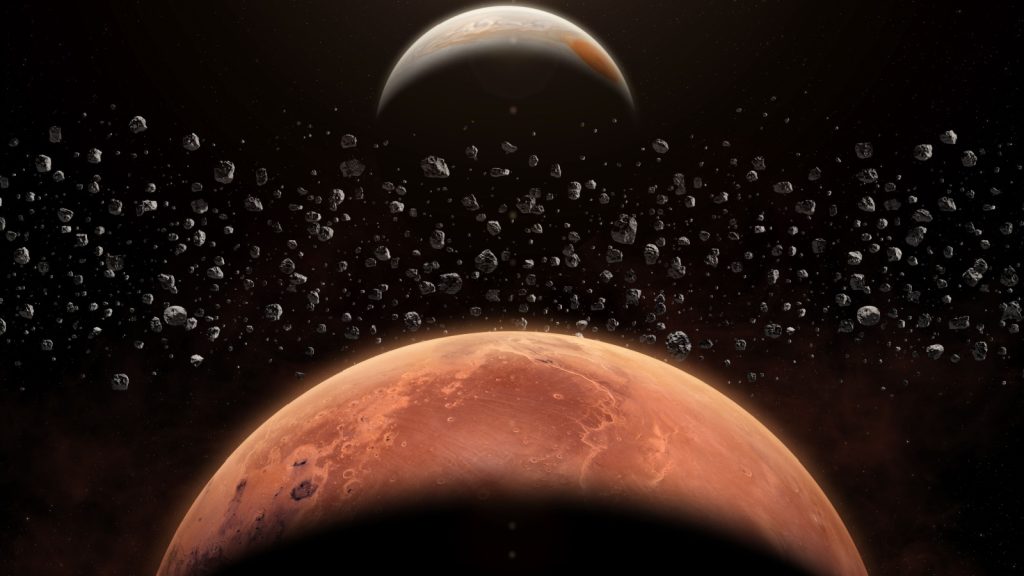
The asteroid belt is located between Mars and Jupiter. It contains millions of asteroids, which are remnants from the early solar system that never formed into a planet. The total mass of all the asteroids combined is less than that of Earth’s moon.
23. Venus’ Volcanic Activity
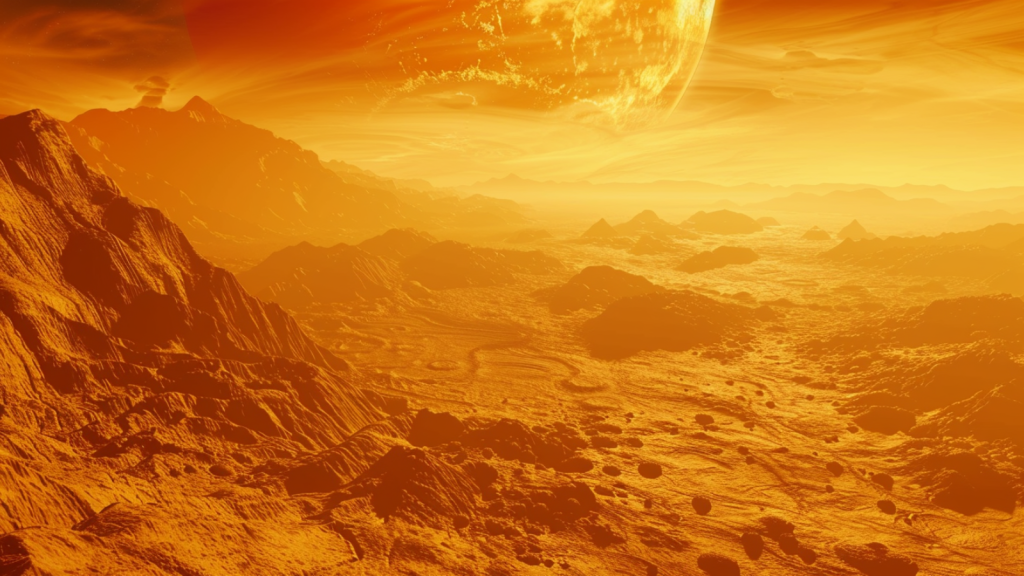
Venus has more volcanoes than any other planet in the solar system. Its surface is covered with thousands of large volcanoes, some of which may still be active. These volcanoes suggest that Venus has had a geologically active history.
24. Mars’ Surface Conditions
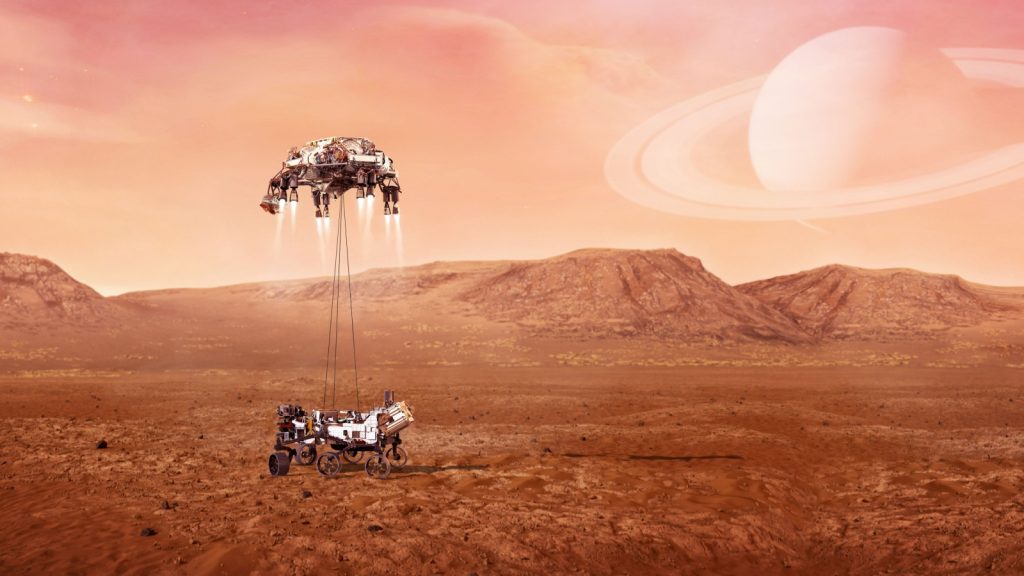
Science fiction often depicts Mars as a place with Earth-like soil and conditions. However, Mars’ surface is covered in a toxic dust that contains perchlorates, which are harmful to humans. This dust would pose a significant challenge for any long-term human missions to the planet. The thin atmosphere also means there is little protection from solar radiation.
Katy Willis is a writer, master herbalist, master gardener, and certified canine nutritionist who has been writing since 2002. She’s finds joy in learning new and interesting things, and finds history, science, and nature endlessly fascinating.
